8. Rushmore (Wes Anderson, 1998)
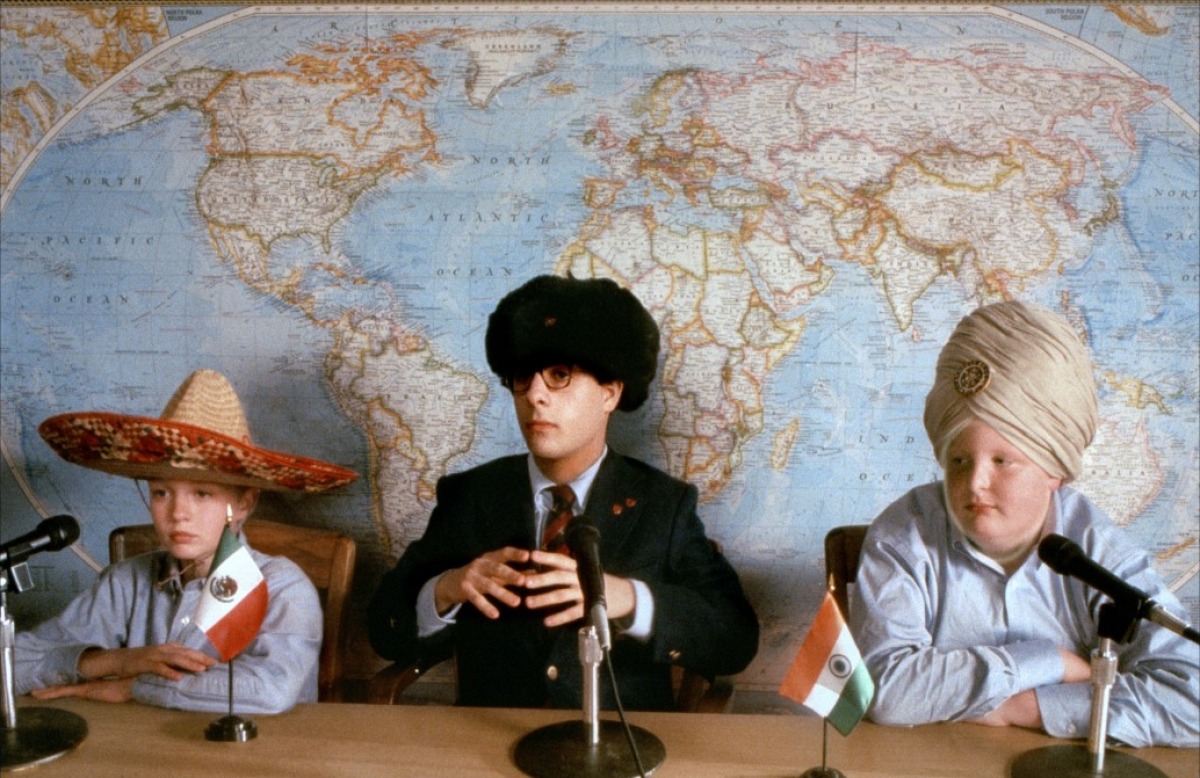
The films of Wes Anderson are characterized as being quirky, colorful, and funny, while at the same time emotionally profound and sometimes so sincere they hurt. In “Rushmore” we witness the trials and tribulation of Max Fischer, played by Jason Schwartzman, an eccentric and hyperactive student at the Rushmore preparatory school.
Max is proficient in his extracurricular activities, showing one of the symptoms of not really knowing what to do with his life: wanting to do it all. He falls in love with a widowed first grade teacher named Ms. Cross, and he is expelled when he tries to build an aquarium in the school to impress her. We witness Max’s downfall as he is faced with the responsibility of his actions and the consequences of his immature and childish behavior.
9. Me and Earl and the Dying Girl (Alfonso Gómez-Rejón, 2015)
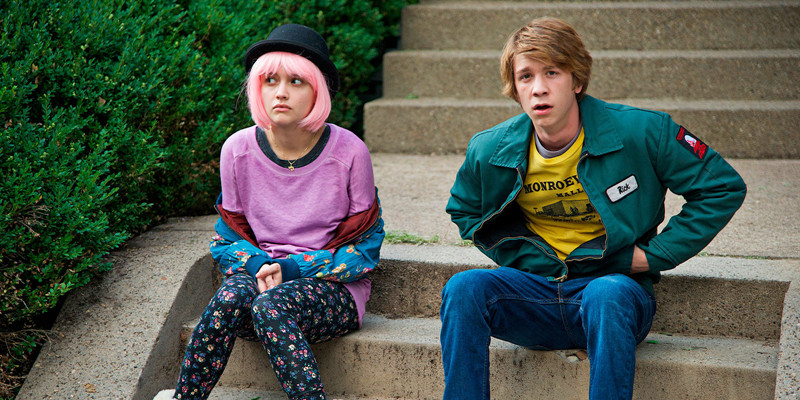
“Me and Earl and the Dying Girl” is a fantastic comedy and love letter to cinema that delves into subjects such as mortality, art, and friendship. Greg is a socially awkward high school student who spends most of his time with his co-worker and friend, Earl, making low-budget skits inspired by masterpieces of art house cinema.
After Rachel, a classmate who he barely knows, is diagnosed with cancer, he is forced by his mother to hang out with her, and while at first the situation is awkward, a good friendship eventually arises between them.
This is a film about the difficulty of opening your heart to others, of caring for somebody, and thus taking the risk of getting hurt. While it is afflicted by an overtly conventional structure, it is redeemed by its idiosyncratic set of characters and situations.
The appearance of Rachel as his friend gives some meaning to Greg’s pointless and self-indulgent life, provoking the necessary conflict for his growth. Likewise, Rachel’s life is enriched by Greg and Earl, who provide her with company and heartfelt entertainment.
10. Spring Breakers (Harmony Korine, 2012)

“Spring Breakers” is an ode to hedonistic and indulgent youth and the postmodern critique of consumer society. This is a tale of crime that begins with four college girls who rob a restaurant in order to fund their spring break trip to Florida. Once they’re there, they indulge in drugs, alcohol, and relentless partying. They seem to have found heaven on earth, perhaps suggesting that spring break is the Holy Grail of the American dream.
Director Harmony Korine made a very complex portrayal of American post-capitalist self-indulgence and the shallow spring break culture. The search for excess and never-ending excitement hides behind its neon-lit façade a deep fear of death, of the abyss staring at us in unexpected places.
11. Little Miss Sunshine (Jonathan Dayton, Valerie Faris, 2006)
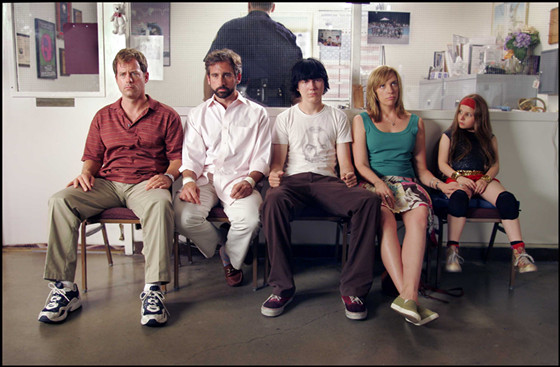
Now a cult classic, “Little Miss Sunshine” presents the cross-country journey of a family that needs to get to California for a beauty pageant in which Olive, the younger daughter, is going to participate.
The family, composed of dysfunctional and emotionally unstable characters, paints a picturesque portrait of desire and failure, of motivation and hopelessness.
Frank, Olive’s mother’s brother, is a depressed man who recently attempted suicide; Richard, her father, is a loser who is unable to sell his self-help technique to reach success; Dwayne, her older brother, is a teenager who has taken a vow of silence after reading Nietzsche and wants to become a jet pilot; and Edwin, her grandfather, is an institutionalized heroin addict.
The film’s dynamics are set by the characters. The entire family is wounded, haunted by the ghosts of their failures, so they all look up to Olive and her chance of success and do whatever is necessary to get her to the contest in time.
12. Güeros (Alonso Ruizpalacios, 2014)

“Being young and not being revolutionary is a contradiction” is a quote by José Vasconcelos, a prominent Mexican politician, used as a sort of ironic epigraph for “Güeros”, the debut film by director Alonso Ruizpalacios. It tells the story of Tomás, a troublemaking teenager sent to live in México City with his brother, nicknamed ‘Sombra’ by his fed-up mother.
Sombra is a university student, but with the university on strike, he and his roommate Santos resolve to react with inaction and indifference, so they spend all day at their apartment doing nothing. When Tomás reads in a paper that Epigmenio Cruz, a forgotten music idol, in hospitalized, he convinces Sombra and Santos to go and look for him.
The cinematography of the film is beautiful, the sound design is superb, and the acting charismatic, making this a very fun film that still manages to give a good interpretation of depression and anhedonia.
13. Zabriskie Point (Michelangelo Antonioni, 1970)
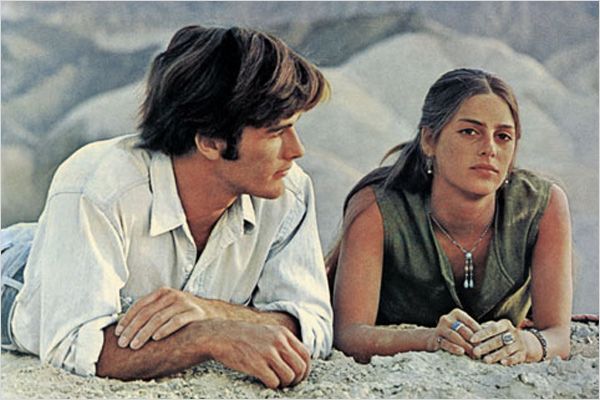
During a student riot, a dropout named Mark who personifies Nietzsche’s Dionysian personality tries to kill a policeman, and thus is wanted by the authorities. He is death-driven and adventurous, and one almost gets the feeling that everything he does takes a step closer into the abyss.
“Zabriskie Point” is a manifesto of late-60’s and early-70’s counterculture. The energy of an era filled with revolutions and changes in the status quo is acutely represented in this opus by legendary Italian director Michelangelo Antonioni. Universities are not places to gather dry knowledge, but forums for debate and social action. This was a time of great turmoil, and powerful student movements spawned all over the world.
14. Rebel Without a Cause (Nicholas Ray, 1955)
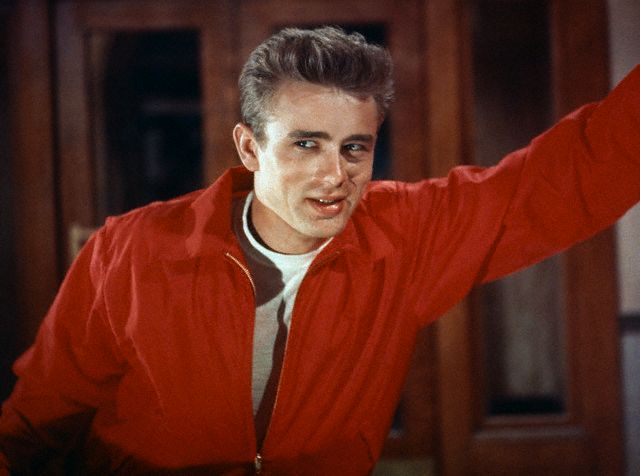
Known for being the first Hollywood movie to include a gay character, “Rebel Without a Cause” revolves around Jim Stark, a young troublemaker played by James Dean who moves with his family to a new town where they expect to have a clean slate.
Troublesome youth is explored through the various characters in the film; it seems every teenager Jim comes across on his first day at school is messed up in some way, fighting really complicated internal battles.
Despite being hindered by the Hays Code, the film still manages to present a rich and nuanced depiction of an homosexual teenager in the character of Plato, Jim’s only friend.
The characters are all disappointed by their parents; they are either violent and abusive or dull and scared, or they just aren’t there. The misunderstood youth is presented in a painful way, and the loneliness of growing up casts a shadow so long there is no way to escape it.
15. Days of Being Wild (Wong Kar-wai, 1990)
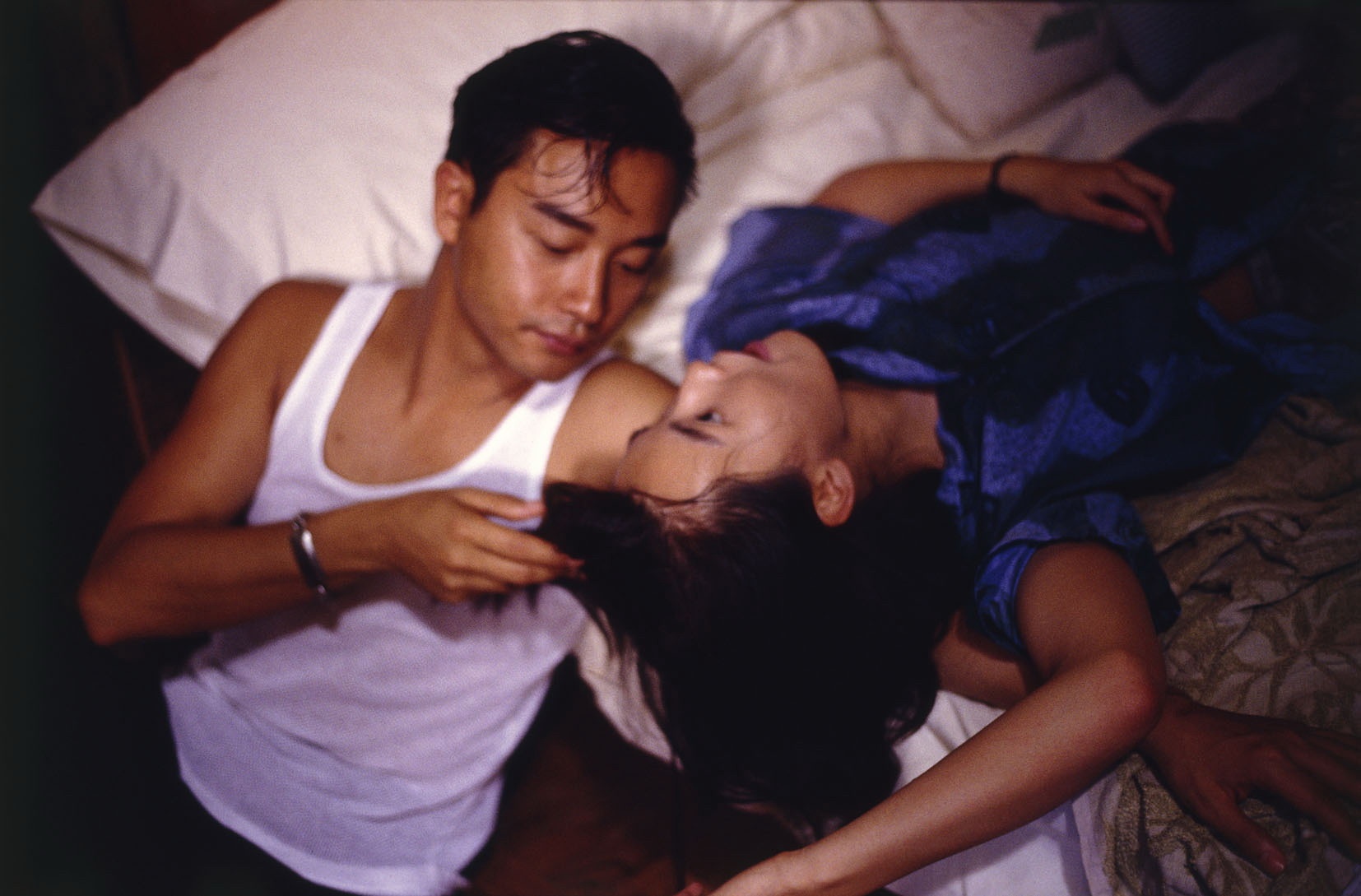
“Days of Being Wild” is a stellar film, and one of the many choral movies directed by Wong Kar-wai. As in other films, here he uses a wide array of characters to explore several facets of the human experience. Set in 1960’s Hong Kong, the film tells the story of various young men and women who discover love and heartbreak in the most tempestuous year of the lives.
Loneliness and longing are the main themes of the film, and its characters are subject to deeply-felt strong emotions. From an adopted heartbreaker hurt by being rejected by his biological mother, to a woman so profoundly heartbroken that she is willing to crawl over the streets in the midst of a storm out of sheer pain, the film’s characters seem to be marked by tragedy.
Author Bio: Gustavo Toledo was born in Mexico City and he lives there. He is a graphic design student and a freelance writer. After a tragic accident in his childhood that left him homebound for several months he discovered the magic of cinema and now he is passionate about it. Since then all he ever dreams about is making movies.